
Stone Washington
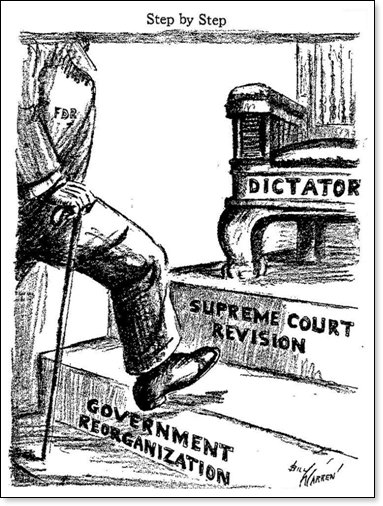
“I think that was a bad idea when President Franklin Delano Roosevelt tried to pack the court.
If anything would make the court appear more partisan, it would be that. So, I am not at all in favor of that solution. Nine seems to be a good number. It’s been that way for a long time.”
~ Justice Ruth Bader Ginsburg
Today’s Supreme Court is in grave threat of court-packing. President Biden recently proposed a set of radical judicial reform measures. Additionally, Kamala Harris was receptive to a court-packing scenario had Democrats secured control of Congress and the presidency following the November 2024 election.
Court-packing would destroy the U.S. Supreme Court as we know it and destabilize our appellate system of review. President Franklin D. Roosevelt made the first brazen attempt to pack the court with six additional Justices in 1937 to cement his New Deal legacy.
Although Roosevelt’s legislative proposal ultimately failed in Congress, his ominous threat likely pressured several Justices to turncoat and vote with the liberal bloc of the Court. Many subsequent judicial opinions upheld Roosevelt’s New Deal programs and similar state legislative derivatives. This infamous betrayal is often called the “switch in time that saved nine.”
The ongoing threat of court-packing continues to haunt America today.

The Biden-Harris efforts mark the first serious consideration of court-packing since FDR’s infamous attempt in 1937. In order to preserve America’s judiciary from this overreach once and for all, Congress should adopt the Keep Nine Amendment.
“Keep Nine” is a proposed amendment to the Constitution that would explicitly set the number of Supreme Court Justices at nine. It offers the only permanent solution to the looming threat of court expansion.
The Keep Nine Amendment consists of only 13 words: “the Supreme Court of the United States Shall be composed of nine Justices.” This piece discusses the history of Supreme Court sizing, why politicized court-packing is ahistorical, and why the Keep Nine Amendment comports with existing constitutional limitations to the other branches of government.
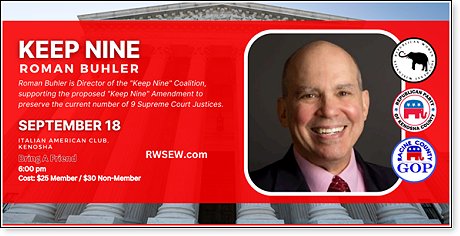
Keep Nine reflects constitutional safeguards on Congress and the President
The Keep Nine amendment not only safeguards against court-packing, but it also aligns with similar constitutional limitations on the other branches. In the executive branch, the Twenty Second Amendment was adopted to prevent any one President from serving more than two terms in office. This amendment was adopted to prevent a repeat of FDR’s perpetual presidency that saw him serve nearly four full terms in office.
The Twenty Second Amendment was intended for the presidency what the Keep Nine amendment is for the Supreme Court. Where presidents are prevented from serving in perpetuity under the Twenty Second Amendment, they should also be prevented from appointing new Justices ad infinitum.
Congress also possesses a constitutional safeguard akin to Keep Nine. According to Article I, Section 2, Clause 3—the Enumeration Clause—the House of Representatives is apportioned based on state population. This provision ensures that there be no more than one representative per 30,000 citizens in a legislative district. Redistricting must account for changes in population that align with the Enumeration Clause.

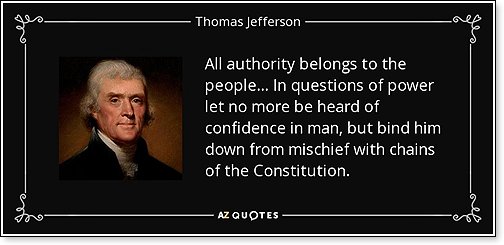
Similar to the Enumeration Clause’ population threshold, the Keep Nine Amendment provides a permanent constitutional threshold against “political overrepresentation” in the Court with a cap on nine-Justices. Proponents of court-packing believe that new Justices should be appointed for political expansionary purposes. In this way, FDR sought to judicially cement his New Deal legacy by appointing likeminded Justices.
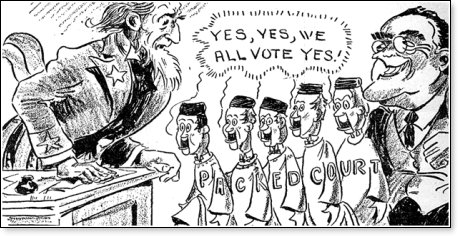
Keep Nine offers to constitutional safeguard to preserve the Court’s size that aligns with pre-existing safeguards in the political branches. Just as the President is term-limited and House districts are population limited, so too should the number of Supreme Court Justices be personnel limited to nine.
Court expansion should follow territorial expansion
When looking back in time, we find the Supreme Court underwent seven periods of expansion and reduction. Each instance of court expansion corresponded with the inclusion of new states to the union or during a relative period of growth. This in-turn expanded the size of the American legal system by providing newly formed states access to the judicial circuit.
Such expansionism served a clear purpose as jurisdictional boundaries enlarged and new states were established in 1807, 1837, and 1863. The instance in 1863 saw a Republican Congress pass legislation granting President Lincoln the ability to appoint a tenth justice, Steven Johnson Field.
The rationale was to have Lincoln balance out the Court’s pro-slavery bent after several Justices resigned (including one death) from the bench following the infamous Dred Scott v. Sandford (1857) decision. Additionally, Nebraska was granted statehood just four years after Field’s appointment, somewhat justifying the territorial expansion component of court expansion.
This historical justification for expanding the Court is a far cry from the political notions of court-packing being floated today.
Today’s calls for packing the court ignore the parallel need for new states to the union. Congress cannot simply introduce new Justices that are untethered to the entry of new states. Proponents of court packing seek to enlarge the Supreme Court in absence of a reciprocal expansion in domestic landmass or state formation.
Expanding the size of the Court without any clear historical or legal justification is akin to political opportunism. Importantly, we’ve seen such opportunism play out in the four instances where the Court’s size was reduced for reasons not having to do with new judicial circuits or states.
In each instance, the party in power used court reduction as a cudgel to punish the other side as a form of partisan revenge. Such political aims for court reduction inversely reflect incentives for today’s court expansionists: using the Court as a weapon to cement their political power.
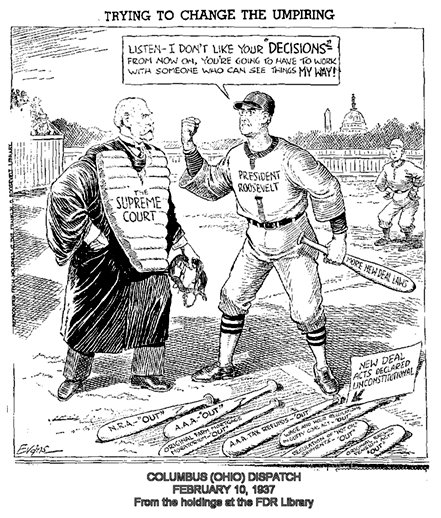
Keep Nine preserves the Framer’s intent by safeguarding judicial independence
Judicial independence represents one of the great hallmarks of Western civilization. America’s judiciary is exceptional for providing a constitutionally protected and politically independent forum of judges, unbeholden to any party or faction. However, such independence has its limits, which largely hinges on the current size of the Court.
Keeping the size of the Court to nine Justices preserves judicial independence by denying any political faction in Congress or the president from tipping the Court perpetually in their favor. This accords with one of the three forms of judicial independence, namely, "political insularity."
Political insularity requires Justices to “be independent from popularly controlled government institutions” and is “essential for the pursuit of justice”, since courts are expected to render the decision that best upholds the law, not out of partisanship. Such insularity is essential for upholding the constitutional balance of powers doctrine.
The Framers intended for the Supreme Court to operate as the constitutional equalizer, checking abuses to the law by Congress and the President. The Court will lose this independent neutrality if court-packing becomes a reality.
Depending on the number of new Justices added, court-packing may permanently shift the Court’s decisions in one ideological direction. This would impose a point of no return for judicial independence, forever upending balanced decision-making as we know it.
The current nine-Justice framework ensures a healthy balance of new judicial appointments and retirements. Statistics show that on average, a new Supreme Court Justice is appointed roughly every two years. This naturally aligns with America’s political cycles that see congressional representative elections every two-years and presidential terms every four years.
Conclusion
The size of the Supreme Court has experienced its ebbs and flows in history. Yet, each increase served a specific legal purpose that corresponded with the formation of a new American state and circuit. The Court has remained at nine Justices for 225 years to reflect the final era of growth in America’s legal system.
The Keep Nine amendment offers to safeguard the Court from political coercion, construing with similar safeguards on the presidency and Congress. Additionally, the nine-Justice framework that we have ensures judicial independence and balanced oversight of the 13 judicial circuits. There simply isn’t a better number of Justices to serve on the bench at any one given time, as we enjoy a healthy transition of one new Justice for every two years.
This ensures that no one political power exerts too much influence over the high court. The Keep Nine Amendment provides the only viable safeguard to Supreme Court from politicized reforms like court-packing.
As Founding Father Alexander Hamilton emphasized in Federalist #78 – “Complete independence of the courts of justice is peculiarly essential in a limited Constitution.”

The views expressed by RenewAmerica columnists are their own and do not necessarily reflect the position of RenewAmerica or its affiliates.


















